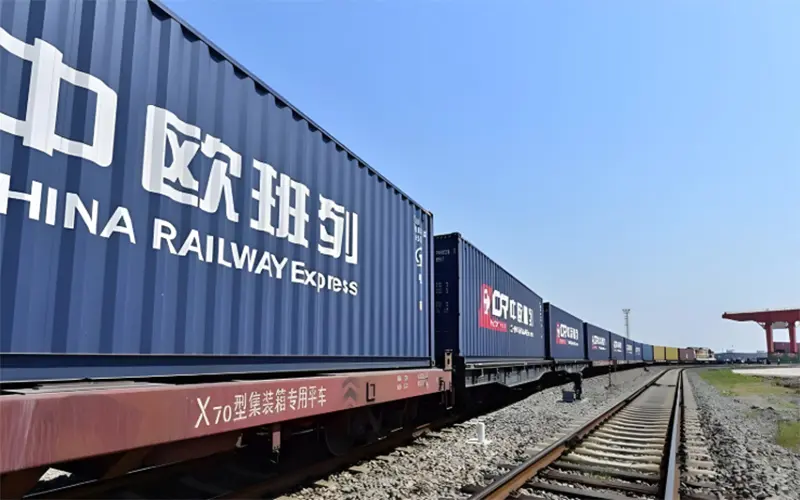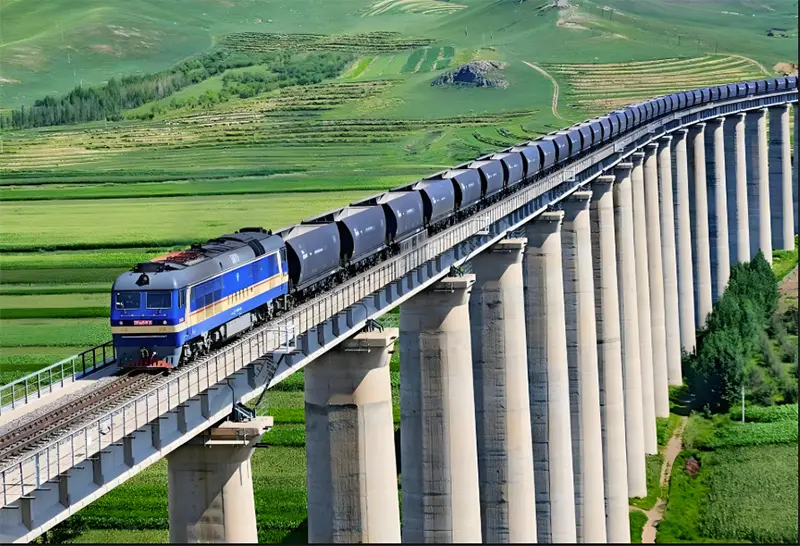The Advantages and Prospects of Rail Transport in International Trade
In today's globalized economy, efficient and cost-effective transportation is crucial for successful international trade. While sea and air freight dominate the market, rail transport has emerged as a competitive alternative, especially for landlocked regions and cross-continental trade. With its balance of speed, cost, and environmental benefits, rail transport is gaining traction in global supply chains. Below, we explore its key advantages and future prospects in foreign trade.
Advantages of Rail Transport in International Trade
1. Cost-Effectiveness
Rail transport offers a middle ground between the affordability of sea freight and the speed of air cargo. For businesses shipping goods across continents—such as between China and Europe—rail is significantly cheaper than air transport while being faster than ocean shipping. This makes it ideal for medium-value, time-sensitive goods like electronics, automotive parts, and consumer goods.

2. Faster Transit Times Than Sea Freight
While sea freight can take 30–45 days for shipments from China to Europe, rail reduces this to 12–20 days. The China-Europe Railway Express, for example, has become a vital corridor, connecting major manufacturing hubs in Asia to consumer markets in Europe. This speed advantage enhances supply chain efficiency and reduces inventory costs.
3. Reliability and Reduced Delays
Unlike sea freight, which faces risks like port congestion, weather disruptions, and piracy, rail transport operates on fixed schedules with fewer interruptions. This predictability is valuable for just-in-time manufacturing and industries requiring consistent lead times.
4. Environmental Sustainability
Rail transport produces far fewer carbon emissions compared to air and road freight. As global businesses prioritize sustainability, rail’s eco-friendly profile makes it an attractive option for companies aiming to reduce their carbon footprint. Governments and organizations are also incentivizing green logistics, further boosting rail’s appeal.

5. Accessibility to Landlocked Regions
For landlocked countries in Central Asia, Eastern Europe, and Africa, rail provides a critical link to global markets. It bypasses the need for costly transshipment through coastal ports, offering a direct and efficient route for imports and exports.
Conclusion
Rail transport is reshaping international trade with its unique blend of speed, cost savings, and sustainability. As infrastructure improves and global trade dynamics evolve, its role will only expand. Businesses that leverage rail options can gain a competitive edge—reducing costs, improving delivery times, and meeting sustainability goals. For foreign trade professionals, understanding and utilizing rail freight is no longer optional but a strategic necessity in the modern logistics landscape.














